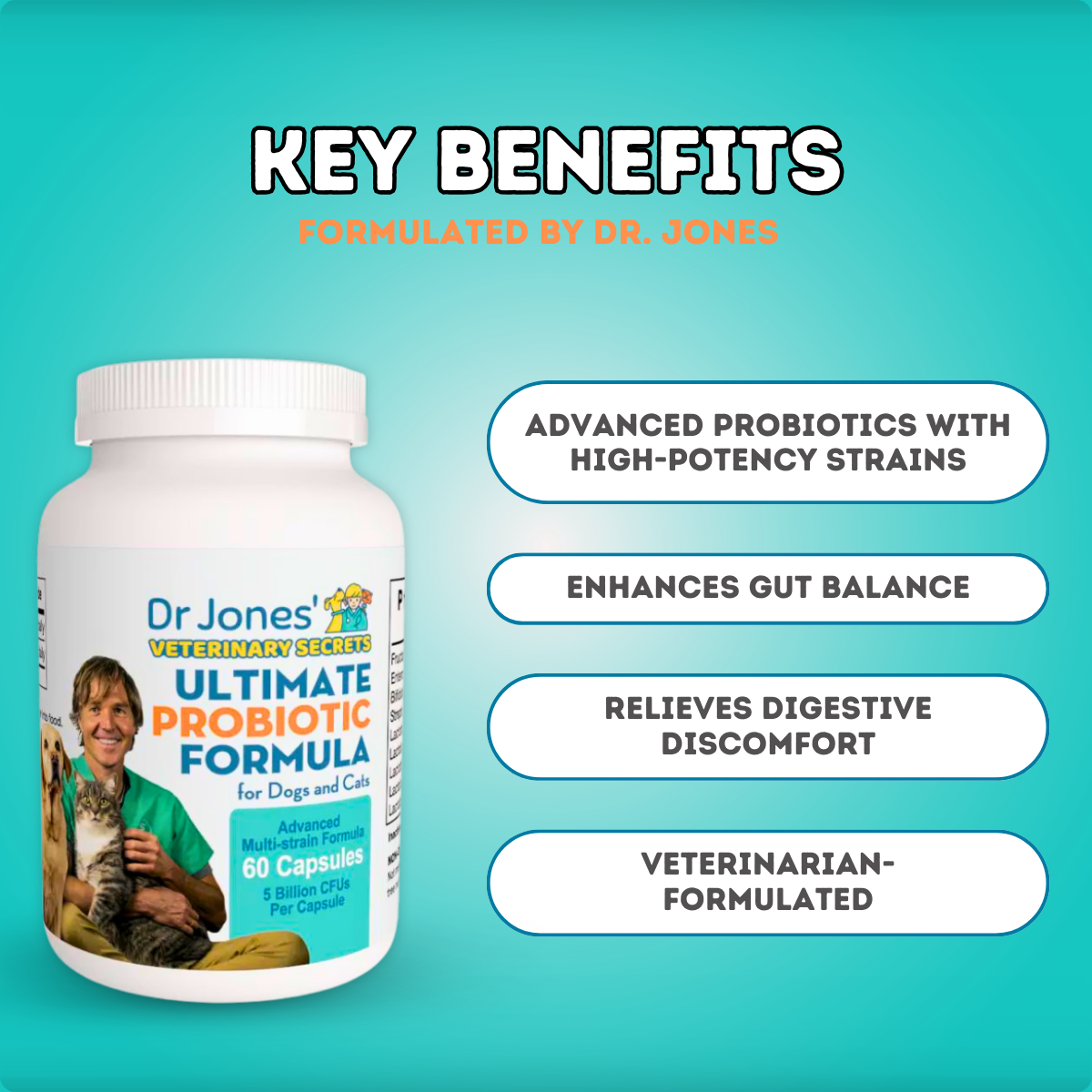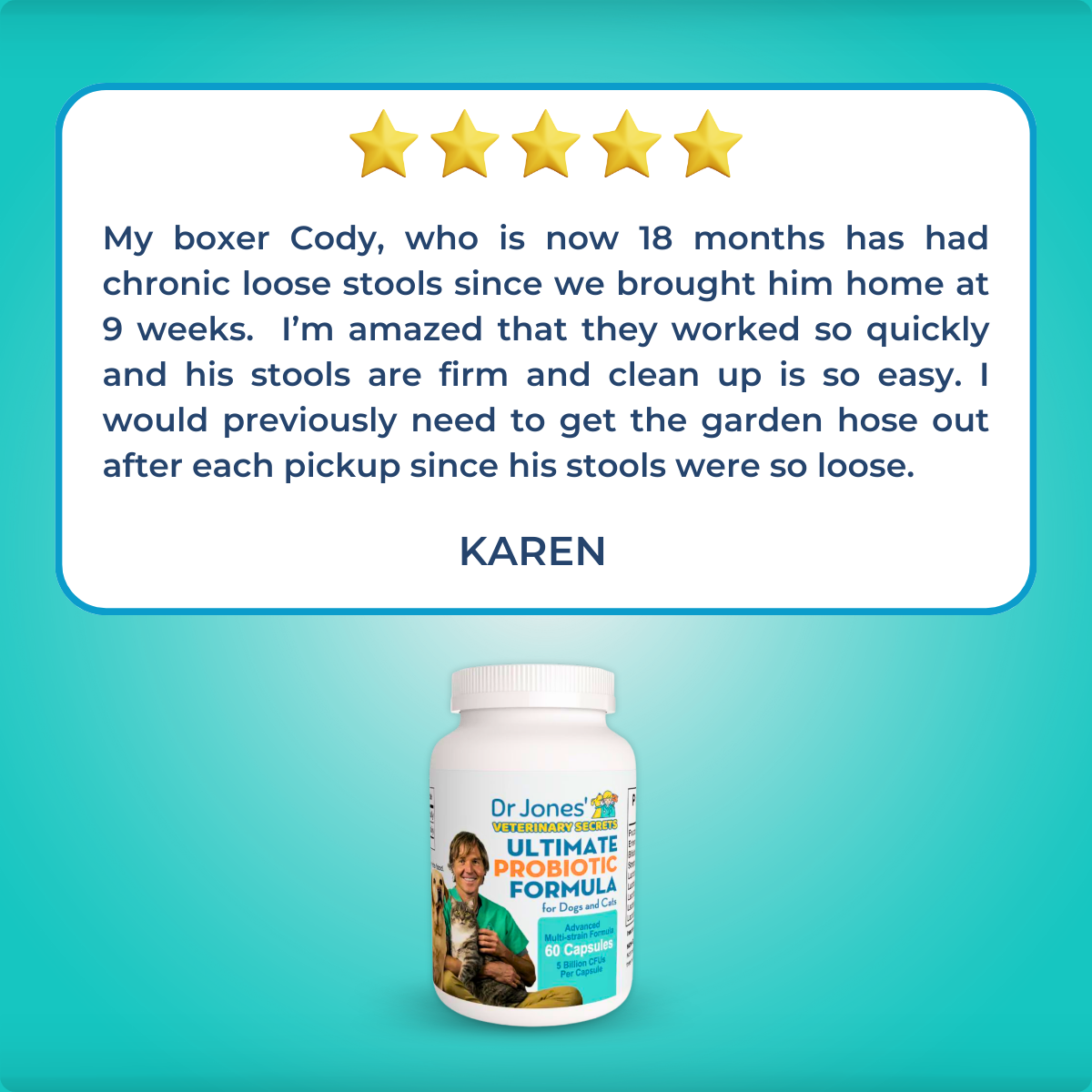Top 5 Flea & Tick Products with Dangerous Side Effects: What You Need to Know
![]()
The Five New Flea and Tick Preventives for Dogs: What Every Dog Owner Needs to Know
As a dog owner, it’s crucial to stay informed about the latest flea and tick preventives. If you’re looking to learn more about natural pet health and wellness, you’re in the right place. In this article, I’ll break down the five new flea and tick preventives for dogs: Simparica, Bravecto, NexGard, Comfortis, and Credelio, and discuss why they’re raising significant concerns due to serious adverse events, including an alarming increase in deaths.
What Are These New Flea and Tick Preventives?
These preventives—Simparica, Bravecto, NexGard, Comfortis, and Credelio—fall into a class of drugs called isoxazolines (except Comfortis, which is classified as spinosad). Both classes of drugs work by targeting the nervous system of the fleas and ticks to cause paralysis and death.
-
Isoxazolines (Simparica, Bravecto, NexGard, Credelio): These drugs block chloride channels within nerve cells, which leads to uncontrolled stimulation and ultimately paralysis of the parasites.
-
Spinosad (Comfortis): This drug works by overstimulating the nervous system of fleas and ticks, leading to their death.
While these drugs are designed to target only the parasites, unfortunately, they don’t always stay confined to the fleas and ticks. In more and more cases, they affect our dogs too.
How Do These Medications Affect Dogs?
While medications like Bravecto are convenient—offering protection with just one pill every three months—there are unintended consequences. When your dog ingests the pill, it enters the bloodstream and can cross the blood-brain barrier, affecting the dog’s brain and nervous system.
This is where the serious side effects come in. Neurologic signs such as:
-
Seizures
-
Ataxia (lack of coordination)
-
Weakness
-
Behavioral changes (some dogs may become more aggressive or not act like themselves)
-
Lethargy
-
Loss of appetite
-
In some cases, even death
Some dogs, especially those with the MDR1 gene mutation (found in breeds like Border Collies, Australian Shepherds, and Whippets), are more susceptible to these side effects, as they cannot tolerate certain medications.
The Alarming Number of Adverse Events and Deaths
It’s difficult to get an accurate count of adverse events and deaths caused by these flea and tick preventives, as many cases go unreported. However, based on available data, here are the concerning statistics:
-
Simparica: Over 140,000 reported adverse events and more than 6,700 deaths
-
Bravecto: Over 43,000 adverse events and 1,500 deaths
-
NexGard: Over 140,600 adverse events and over 6,000 deaths
-
Comfortis: Over 162,354 adverse events and 4,800 deaths
-
Credelio: Over 3,300 adverse events and 95 deaths
Experts believe that these numbers are likely underreported, as less than 10% of adverse events are typically reported. So, imagine the actual number of serious side effects and deaths being much higher.
Concerns Over Long-Term Use and Cancer Risk
One of the biggest concerns with these flea and tick preventives is the potential for long-term damage. While short-term use may provide protection from parasites, repeated use month after month can affect your dog’s immune system and nervous system. Some researchers and veterinarians are worried that long-term exposure to these drugs may increase the risk of developing cancer, particularly lymphoma, a type of cancer that affects the lymphatic system.
Given that these drugs cross the blood-brain barrier and potentially cause neurologic inflammation, there’s a real concern that ongoing use may compromise your dog’s health.
Weighing the Risks: Flea and Tick Prevention vs. Health Risks
It’s important to consider the risks of long-term use of these medications. Are the risks of giving your dog these drugs month after month worth it, especially when there are concerns about the potential long-term health consequences? If you live in an area where fleas are seasonal and ticks aren’t a major issue, it may be worth exploring alternative options.
Personally, where I live, we do have ticks, but they’re mostly found in areas with lots of sun. If I take my dog hiking in these areas, I make sure to thoroughly check her afterward. Fleas, while a nuisance, are not a serious health threat to my dog, but if I lived in an area with a massive flea or tick problem, I’d be exploring natural alternatives.
Natural Alternatives for Flea and Tick Prevention
If you’re concerned about the risks of long-term medication, here are three natural alternatives that can help you protect your dog without compromising their health:
-
Control Ticks Around Your Home and Yard
A natural, effective product for controlling ticks around your house is Garlic Barrier, a garlic-based spray. Garlic is highly toxic to ticks, and using a garlic barrier can significantly reduce tick populations in your yard, where your dog is most likely to pick them up. -
Homemade Flea and Tick Spray
A DIY tick repellent spray made with essential oils is a great alternative. The combination of turmeric oil and neem oil has been proven to repel ticks effectively. Both oils have documented anti-tick properties and are safe for use on your dog when diluted properly. You can mix them with coconut oil and witch hazel with aloe to create a safe and effective spray for your dog.-
5 tbsp coconut oil
-
2 tbsp turmeric oil
-
1 tbsp neem oil
-
30 ml witch hazel with aloe
Mix these ingredients well and spray your dog twice a week. Use a flea comb to ensure even coverage.
-
-
Ultrasonic Flea and Tick Repellent
Another innovative option is an ultrasonic device like the Tickless Mini, which attaches to your dog’s collar and emits ultrasonic waves that repel ticks. This is a great non-toxic solution for those who want to avoid chemicals altogether.
Conclusion: Should You Be Cautious of Flea and Tick Medications?
Yes, you should be cautious. The numbers of reported side effects and deaths from flea and tick medications are concerning, and the long-term risks of these drugs are still not fully understood. While they can be effective in preventing parasites, the potential health risks to your dog are significant.
Consider exploring natural alternatives for flea and tick prevention, and always weigh the benefits against the risks. If you’re uncertain, speak with your veterinarian about the best options for your dog.
Stay Informed and Protect Your Pet
If you found this information helpful, I encourage you to subscribe to my newsletter, where you can receive more insights on natural pet care and wellness, along with updates on new research and remedies. Click the link below to subscribe and get your free copy of my book on holistic pet health!













You mentioned about spraying the yard you mean getting a yard company like a lawnmowing company or an extermination company or what? And that would be for fleas and chicks and mosquitoes?
Great question! Yes—when Dr. Jones mentions spraying the yard, he’s referring to treating your yard to help control fleas, ticks, and mosquitoes. This can be done in a couple of ways:
You can hire a professional service, like a pest control/extermination company that offers pet-safe outdoor treatments specifically for insects like fleas and ticks.
Alternatively, you can DIY using natural yard sprays made with ingredients like cedar oil or essential oils (just make sure they’re safe for pets!).
The goal is to reduce the population of these pests in your outdoor space, making it safer for your pets. Just be sure to avoid harsh chemicals—especially those not labeled as pet-safe.
I hope it’s okay to share this link, but I think it’s important to understand the different flea and tick medications available for our pets. I recently came across Pulvex, and I’m curious about its potential side effects compared to products like Bravecto or NexGard mentioned in Dr. Jones’s article. Have you or anyone else had any experience with Pulvex? You can find more details on it here: https://pillintrip.com/medicine/pulvex-tick-&-flea. Thank you for any insights you can provide!
Pulvex offers a variety of formulations—spot-on (permethrin), collars (natural oils), and shampoo (pyrethrins-based)—but the direct side?effect data is limited, especially compared to the well-documented Bravecto and NexGard. Notably, some Pulvex products can pose serious risks, e.g., permethrin-based spot-ons are toxic to cats.
So: Use caution with Pulvex, especially in households with both cats and dogs
You are awesome I learned a lot love always cindy